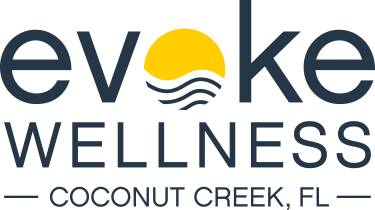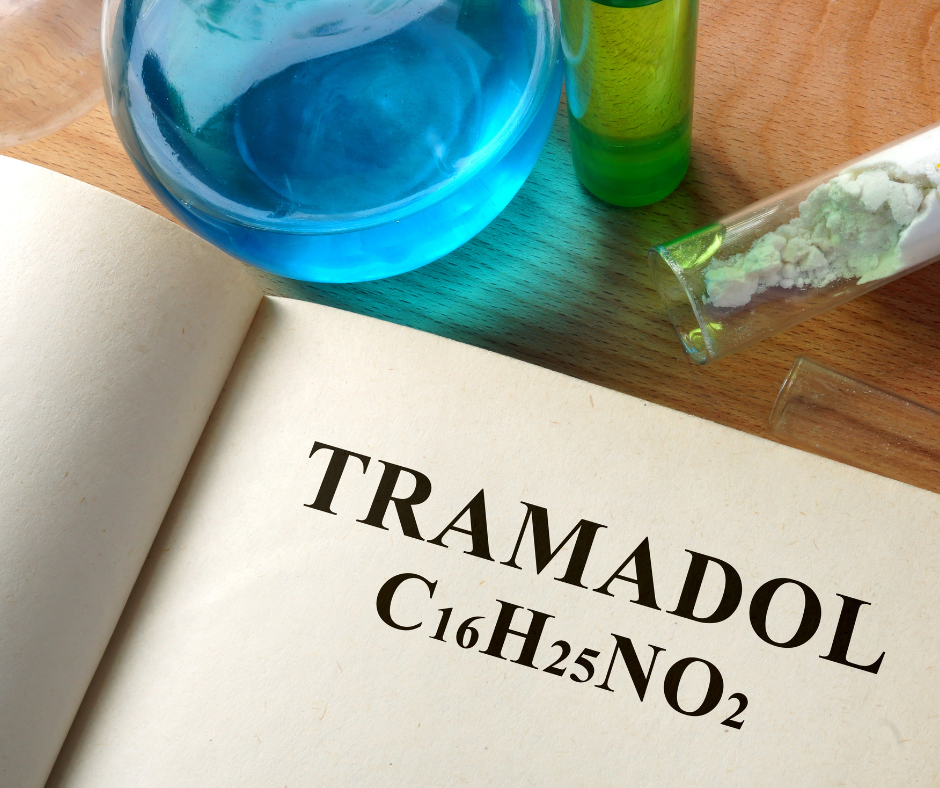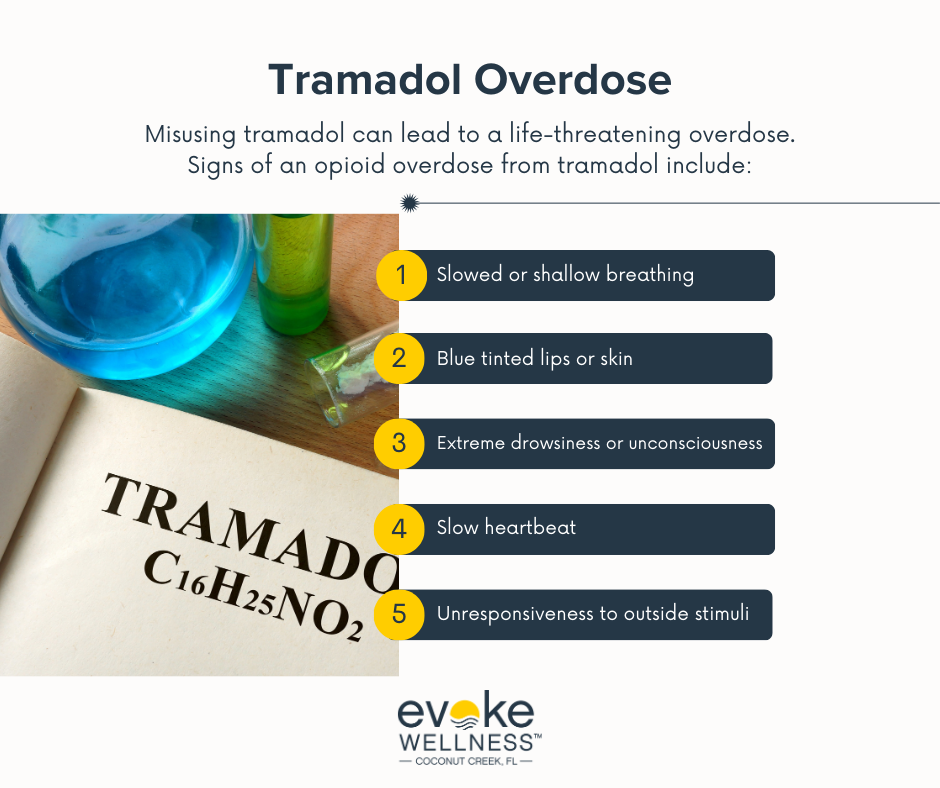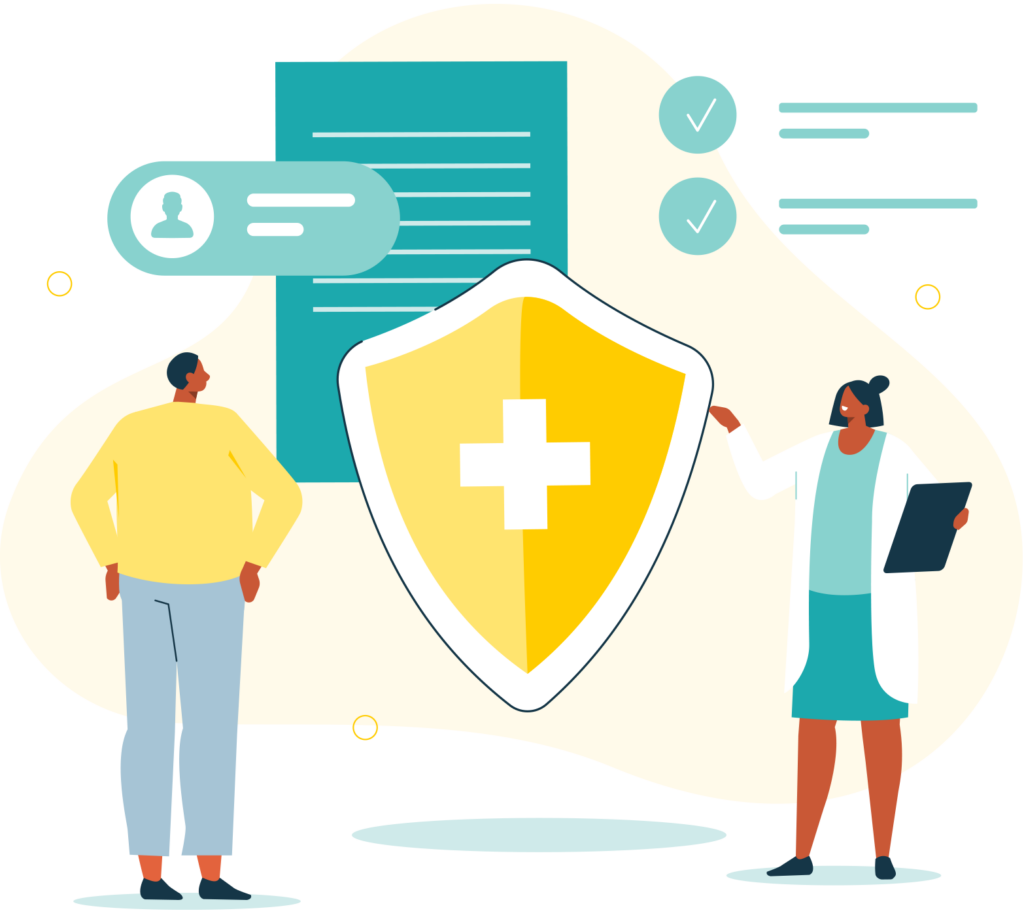You wake up with back pain. Your doctor prescribes tramadol. You take it, and your pain goes away. But tramadol is an opioid that can lead to dependence and addiction. As you’ll see, tramadol has serious risks. This article covers key facts like:
- The dangers of tramadol abuse
- Signs of tramadol addiction
- Withdrawal side effects
- Treatment options for tramadol addiction
Keep reading to learn what you need to know about the hazards of tramadol misuse and how to get help if you or a loved one is struggling.
If you or a loved one is struggling, help is available today. Call (833) 969-3318 to speak with our compassionate team, or reach out online and schedule an appointment to begin a healing journey.
What Is Tramadol?
Tramadol is a powerful opioid painkiller used to treat moderate to severe pain. It works by altering how your brain and body respond to pain signals.
A Unique Opioid
Unlike other opioids like oxycodone or morphine, tramadol has a slightly different mechanism of action. It binds to opioid receptors but also inhibits the reuptake of certain neurotransmitters. This makes tramadol less potent but still highly addictive.
Dangerous Side Effects
- Dizziness, nausea, constipation
- Slowed breathing rate
- Seizures in some patients
- Increased risk of serotonin syndrome when combined with antidepressants
Tramadol’s unique chemistry and potent effects make it a drug of concern. Dependence and addiction are real risks, especially with long-term use. Seeking professional help from Evoke’s prescription drug rehab program may be needed for those struggling.
Tramadol Side Effects
Common Adverse Effects
Even when taken as prescribed, Tramadol can produce several unpleasant side effects. According to the National Library of Medicine, some of the more common reactions include nausea, dizziness, constipation, headache, drowsiness and vomiting. These effects are generally mild but can be disruptive.
Potentially Dangerous Interactions
Tramadol should never be combined with alcohol, sedatives, tranquilizers or other narcotic pain relievers. Doing so increases the risk of life-threatening side effects like respiratory depression, coma and death. As warned by Evoke Coconut Creek, mixing Tramadol with substances that depress the central nervous system can be extremely hazardous.
Physical Dependence Risks
With repeated use, Tramadol can lead to physical and psychological dependence. Suddenly stopping the medication may trigger withdrawal symptoms like:
- Anxiety
- Insomnia
- Nausea/vomiting
- Diarrhea
- Body aches
Seeking professional help from an accredited drug rehab program when stopping Tramadol is highly recommended, especially after long-term use.
Treatment Options
Professional Rehab Programs
- Prescription drug rehab programs provide medical detox and therapy to overcome tramadol addiction safely.
- Residential treatment offers 24/7 support in a substance-free environment for long-term recovery.
Outpatient Care
- Outpatient programs allow more flexibility while providing counseling and support groups.
- Intensive outpatient programs provide more frequent treatment sessions for high-risk individuals.
Dual Diagnosis Treatment
For those with co-occurring mental health disorders like depression or anxiety, dual diagnosis treatment addresses both the addiction and the underlying psychological condition concurrently.
Tramadol May Interact With Other Medications
You should be aware that tramadol can interact with certain medications in potentially harmful ways. Some key interactions to watch out for include:
Benzodiazepines
Combining tramadol with benzodiazepines like Xanax or Valium can increase the risk of excessive sedation, respiratory depression, coma and death.
Alcohol
Drinking alcohol while taking tramadol amplifies its sedating effects and increases the likelihood of experiencing an overdose.
Opioid Pain Medications
Taking tramadol with other opioids like oxycodone or hydrocodone can dangerously compound their respiratory depressant effects.
Antidepressants
Tramadol taken with certain antidepressants called MAOIs can lead to a life-threatening condition called serotonin syndrome.
Always disclose all medications and supplements you are taking to your doctor before starting tramadol. Carefully follow dosing instructions to avoid accidental overdose or interactions.
How to Take Tramadol
Proper Usage
Tramadol is a prescription opioid medication used to treat moderate to severe pain. It should only be taken as directed by your doctor. Never take more than the prescribed dosage or use it for longer than recommended.
Important Precautions
- Discuss your full medical history with your doctor before starting tramadol, including any other medications you take.
- Never mix tramadol with alcohol, sedatives, or other opioids, as this raises the risk of dangerous side effects.
- Tramadol may impair your ability to drive or operate machinery, so avoid these activities until you know how it affects you.
Signs of Misuse
Watch for signs of tramadol misuse or addiction, such as:
- Taking higher or more frequent doses than prescribed
- Continuing use despite negative consequences
- Experiencing withdrawal symptoms when not taking the medication
If you suspect a problem, seek help from a licensed addiction treatment program immediately. With proper medical supervision, tramadol can be used safely and effectively for pain relief when taken as prescribed.
Tramadol Warnings
Potential for Addiction
Tramadol, a prescription pain medication, carries a high risk of dependence and addiction. Even when taken as prescribed, it can lead to physical and psychological dependence over time.
- Withdrawal symptoms like anxiety, nausea, and muscle aches may occur upon abrupt discontinuation.
Overdose Risks
Tramadol overdoses can be life-threatening, causing respiratory depression, seizures, coma, and death. The risk increases when combined with other central nervous system depressants like alcohol or benzodiazepines.
Serotonin Syndrome
This medication may trigger a potentially fatal condition called serotonin syndrome when taken with certain antidepressants or migraine medications. Symptoms include agitation, hallucinations, rapid heart rate, and muscle rigidity.
Impaired Mental Alertness
Tramadol can impair mental and physical abilities required for driving or operating machinery. Drowsiness, dizziness, and confusion are common side effects, increasing the risk of accidents.
At Evoke Wellness at Coconut Creek, our comprehensive addiction treatment programs, including residential treatment, outpatient care, and dual diagnosis support, can help overcome tramadol dependence safely and effectively.
Tramadol Overdose
Act Quickly
If you suspect an overdose, call 911 immediately. Administer naloxone/Narcan if available, as this medication can temporarily reverse the effects. However, emergency medical attention is still crucial for a full recovery.
Seek Professional Help
An overdose is a serious red flag – it signifies the need for comprehensive addiction treatment. Evoke Wellness offers multiple evidence-based programs to address opioid abuse and dependence, including:
- Residential inpatient rehab
- Outpatient treatment
- Intensive outpatient program
- Dual diagnosis support for co-occurring disorders
With the proper professional care and a commitment to recovery, you can overcome tramadol addiction and avoid future overdoses. Don’t wait – your life may depend on getting help today.
FAQ: How Can Prescription Drug Rehab Help With Tramadol Addiction?
Medically-Supervised Detox
Tramadol is an opioid painkiller that can lead to physical dependence and severe withdrawal symptoms when misused. A prescription drug rehab program provides medically-supervised detoxification to help you safely and comfortably manage withdrawal effects like hot/cold sweats, diarrhea, anxiety, and restlessness. Medications like clonidine may be used to minimize discomfort.
Medication-Assisted Treatment
To address cravings and prevent relapse, medication-assisted treatment (MAT) combines FDA-approved medications like buprenorphine or methadone with counseling therapies. MAT helps stabilize brain chemistry disrupted by long-term Tramadol abuse, increasing your chances of achieving lasting sobriety.
Behavioral Therapies
Cognitive-behavioral therapy (CBT) is an evidence-based approach that identifies and modifies the underlying thoughts and behaviors driving your Tramadol addiction. You’ll learn coping strategies to manage cravings and avoid high-risk situations through CBT and other therapies like group counseling.
Dual Diagnosis Treatment
Many with Tramadol use disorder also struggle with co-occurring mental health issues like depression or anxiety. Dual diagnosis treatment simultaneously addresses both substance abuse and psychiatric conditions through an integrated treatment plan involving medication management and psychotherapies.
Conclusion
You now understand the dangers of tramadol and the concerning rise in its misuse. While it can offer pain relief when used responsibly, tramadol carries serious risks like seizures, serotonin syndrome, and respiratory depression. Consider reaching out for help if you or a loved one are struggling with tramadol addiction. With compassionate care from a quality addiction treatment program, recovery is possible. The road ahead may not be easy, but you have the power to take the first step. A brighter future free from tramadol awaits.
Begin Your Journey With Evoke Wellness at Coconut Creek
Evoke Wellness at Coconut Creek is a full-service addiction treatment facility serving Florida residents. We base each of our programs on the individual’s severity of symptoms and use a combination of evidence-based therapies and holistic approaches to address the needs and recovery goals of the patient.
If you or a loved one is struggling, help is available today. Call (833) 969-3318 to speak with our compassionate team, or reach out online and schedule an appointment to begin a healing journey.



